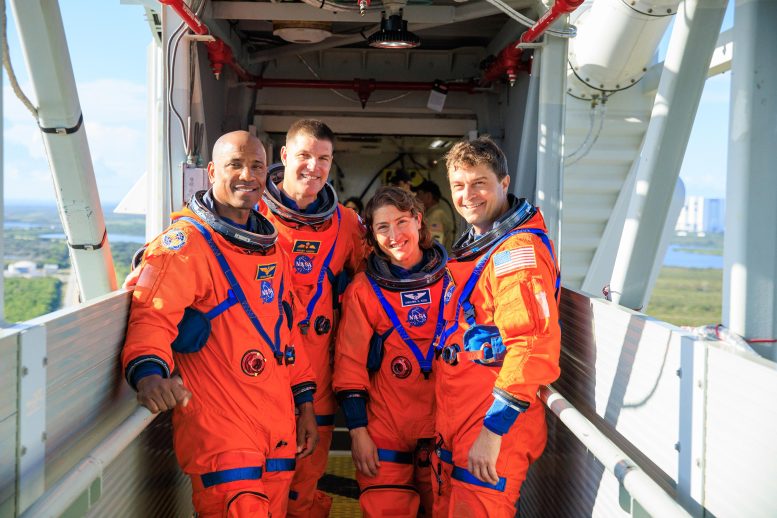
Artemis II astronauts, from left, NASA astronaut Victor Glover (left), CSA (Canadian Space Agency) astronaut Jeremy Hansen, NASA astronauts Christina Koch and Reid Wiseman stand on the crew access arm of the mobile launcher at Launch Pad 39B as part of an integrated ground systems test at Kennedy Space Center in Florida on Wednesday, September 20. The test ensures the ground systems team is ready to support the crew timeline on launch day. Credit: NASA/Frank Michaux
The Artemis II crew and NASA successfully conducted a simulated launch day test at the Kennedy Space Center, preparing for their upcoming Moon mission.
The Artemis II crew and teams with NASA’s Exploration Ground Systems Program successfully completed the first in a series of integrated ground system tests at the agency’s Kennedy Space Center in Florida in preparation for their mission around the Moon.
Astronauts Simulate Launch Day Procedures
On Wednesday, NASA astronauts Reid Wiseman, Victor Glover, and Christina Koch, along with CSA (Canadian Space Agency) astronaut Jeremy Hansen, practiced the procedures they will undergo on launch day to prepare for their ride to space.
The crew awoke at their crew quarters inside Kennedy’s Neil Armstrong Operations and Checkouts building before putting on test versions of the Orion crew survival system spacesuits they will wear on launch day. They then departed in NASA’s new Artemis crew transportation fleet to take them to Launch Pad 39B, traversing the nine-mile journey to the pad. Wiseman and Glover headed over in the first electric vehicle as Koch and Hansen followed them in the second.
At the Launch Pad
Upon arrival at the pad, the crew headed onto the mobile launcher and proceeded up the tower to the white room inside the crew access arm. From this area, the astronauts will have access to enter and exit the Orion spacecraft – only for this test, there was no Orion or SLS (Space Launch System) rocket.
“When we walked out that crew access arm, I just had images of all those Apollo launches and shuttle launches that I saw as a kid and it was unreal,” Glover said. “I actually had to stop and just stay in the moment to really let it all sink in.”
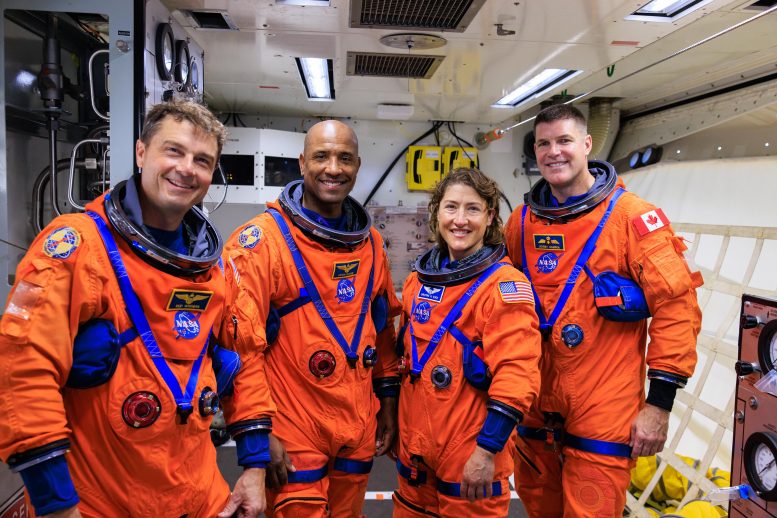
Artemis II NASA astronauts (left to right) Reid Wiseman, Victor Glover, and Christina Koch, and CSA (Canadian Space Agency) astronaut Jeremy Hansen stand in the white room on the crew access arm of the mobile launcher at Launch Pad 39B as part of an integrated ground systems test at Kennedy Space Center in Florida on Wednesday, September 20, 2023. Credit: NASA
Significance of the Test
Successful completion of this test ensures both the crew and the ground systems teams at Kennedy are prepared and understand the timeline of their events for launch day.
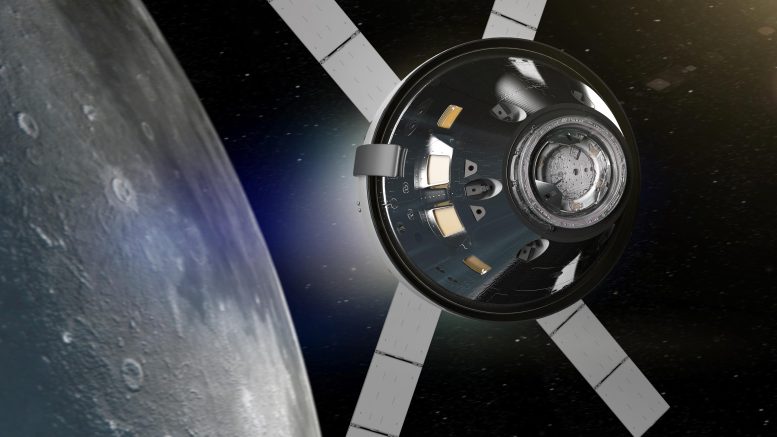
Artist rendering of NASA’s Orion spacecraft. Credit: Lockheed Martin
Artemis II Mission Overview
NASA’s Artemis II mission is a pivotal step in the agency’s ambitious plans to return humans to the Moon and subsequently send them to Mars. This mission is not just a precursor but also a statement of intent. As NASA’s first flight with crew aboard the new Space Launch System (SLS) rocket and Orion spacecraft, Artemis II is tasked with a journey around the Moon. Its primary goal? To verify that the spacecraft’s systems function seamlessly with a crew in the deep-space environment.
The journey begins at NASA’s Kennedy Space Center in Florida. Four astronauts will board the Orion spacecraft, powered by the SLS rocket in its Block 1 configuration. Post-launch, multiple orbit-raising maneuvers are executed, culminating in Orion being placed on a lunar free return trajectory. This trajectory means the Earth’s gravitational pull will naturally guide Orion home after its lunar flyby.
Throughout its trajectory, the crew will be hands-on, piloting Orion during proximity operations and evaluating various systems. This involves checking life support systems during different metabolic states, like exercise and sleep. They’ll also test communication and navigation systems, ensuring readiness for the lunar flyby. In essence, the long period around Earth is a comprehensive space systems test bed.
As Orion flits past the Moon, the crew will have a unique perspective – viewing both the Moon and Earth from deep space. The lunar flyby, though brief, is a visual testament to the journey’s purpose. Following this, the spacecraft will utilize the gravitational forces of both celestial bodies to efficiently return home, a trip that takes roughly four days.
Artemis II is a prologue. It sets the stage for Artemis III, where history will be made as the first woman and the next man walk on the Moon. NASA’s vision expands even further, with yearly crewed missions planned, all contributing to building capabilities for a long-awaited Mars expedition.

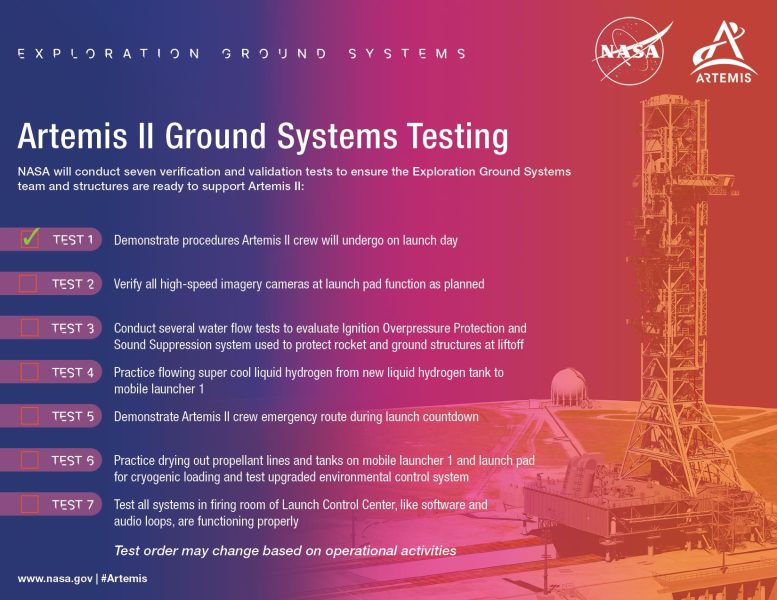




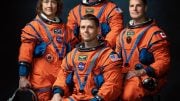
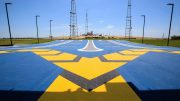
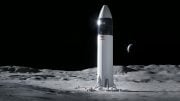
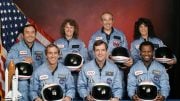
Be the first to comment on "Moonbound: Artemis II Astronauts Ace Launch Day Rehearsal"